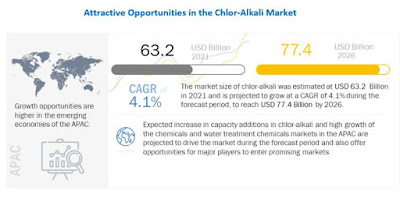The global lithium-ion battery anode market size is projected to grow from USD 8.4 billion in 2021 to USD 21.0 billion by 2026, at a CAGR of 19.9% from 2021 to 2026. The growing demand for electric vehicles along with the high demand for lithium-ion batteries for industrial applications is driving the market growth. Moreover, strategies such as agreements and plant expansions undertaken by several prominent players in the lithium-ion battery anode industry are further fueling the lithium-ion battery anode industry growth across the globe.
To know about the assumptions considered for the study download the pdf brochure
The pandemic is estimated to have an impact on various factors of the value chain of the lithium-ion battery anode market, which is expected to reflect during the forecast period, especially in the year 2020 to 2021. The various impact of COVID-19 are as follows:
IMPACT ON LITHIUM-ION BATTERY ANODE: The outbreak of the COVID-19 pandemic has resulted in the temporary shutdown of production plants and related activities in most of the major economies across the globe. Besides, it has slow down the growth of various sectors as most of the countries worldwide have resorted to nationwide lockdown as a measure to control the spread of the virus. This has resulted in disruptions in the global supply chains and consequently affected the growth of the various industries such as automotive, marine, and energy storage attributed to the shortage of raw materials and other inputs. Likewise, limited transportation, travel restrictions, and halt of manufacturing activities have hampered the growth of the lithium-ion battery anode market, and the purchase and usage patterns have changed drastically, which has reduced the sales of various lithium-ion battery materials.
The automotive end-use segment is projected to lead the global lithium-ion battery anode market during the forecast period.
The automotive end-use industry is expected to be one of the major segments for lithium-ion battery anode market. Battery-driven vehicles such as electric vehicles, e-bikes, and automated guided vehicles, are major consumers of lithium-ion batteries. There is increasing competition between battery models installed in EVs owing to the need for operational excellence. Increasing adoption and awareness of EVs supports the growth of the lithium-ion battery market which in turn enhances the demand for lithium-ion battery anode.
Europe lithium-ion battery anode market is projected to grow at the highest CAGR
Europe is the second-largest consumer of lithium-ion battery anode and accounted for a share of 6.1% of the global market, in terms of value, in 2020. The region is home to some of the largest battery manufacturers, such as Saft (France) and FIAMM (Italy). Batteries have major applications as clean, sustainable, and compact sources of power in automotive. The region is witnessing significant growth in the demand for EVs which is largely dependent on government incentives and funds. Growth in demand for electric vehicle has increased the demand for lithium-ion battery anode which in return has fueled the demand for lithium-ion battery anode in the region.
The key players in the lithium-ion battery anode market include Showa Denko Materials (Japan), JFE Chemical Corporation (Japan), Kureha Corporation (Japan), SGL Carbon (Germany), Shanshan Technology (China), and POSCO CHEMICAL (South Korea). The lithium-ion battery anode market report analyzes the key growth strategies adopted by the leading market players between 2017 and 2021, which include expansions, investments, and mergers & acquisitions.
Request for Sample Report: https://www.marketsandmarkets.com/requestsampleNew.asp?id=147095907






